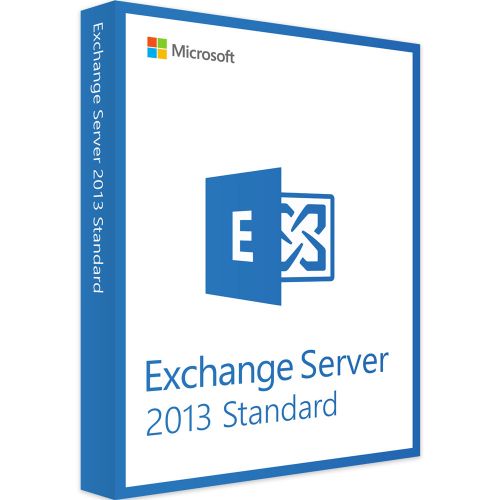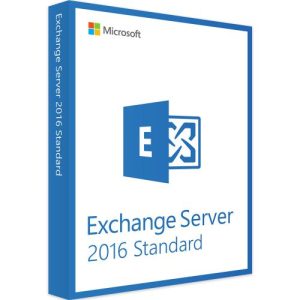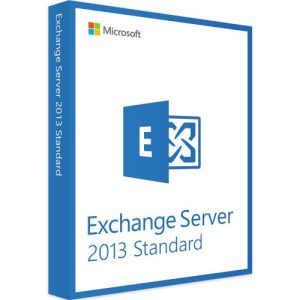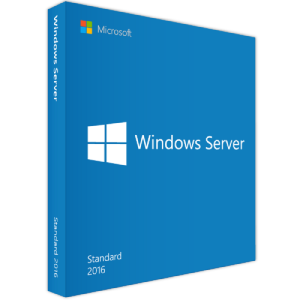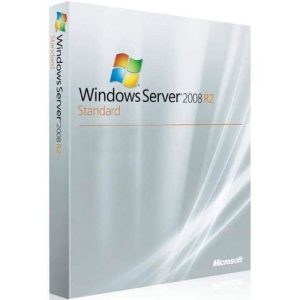Exchange Server 2013
Description
Microsoft Exchange Server 2013: Transforming Communication and Collaboration
Microsoft Exchange Server 2013 is a leading messaging and collaboration platform designed to enhance productivity, streamline communication, and simplify IT management. Building on the robust features of previous versions, Exchange Server 2013 introduces a more user-friendly interface, improved performance, and enhanced security, making it the ideal choice for organizations looking to modernize their communication infrastructure.
Why Choose Exchange Server 2013?
- Improved Outlook Web App (OWA)
The revamped Outlook Web App provides a rich, intuitive user experience, allowing users to access their email, calendar, and contacts from any web browser. OWA 2013 includes a modern interface with enhanced features like a new navigation pane, inline image support, and touch-friendly design, ensuring seamless access across devices. - Enhanced Search Capabilities
Exchange Server 2013 introduces eDiscovery and in-place hold, allowing organizations to search, hold, and export data from mailboxes easily. The enhanced search capabilities enable users to quickly find relevant emails, attachments, and calendar items, streamlining information retrieval and improving compliance. - High Availability and Disaster Recovery
With Database Availability Groups (DAGs), Exchange Server 2013 provides built-in high availability and disaster recovery options for mailbox databases. This feature ensures that users can access their email even during server outages, minimizing disruption and maintaining productivity. - Unified Messaging
Exchange 2013 continues to offer unified messaging features, integrating email, voicemail, and fax capabilities. Users can access their voicemail directly from their inbox and receive transcriptions, enabling them to manage communications efficiently. - Improved Mobile Device Support
Exchange Server 2013 enhances mobile device support through ActiveSync, allowing users to synchronize their email, calendar, and contacts seamlessly across various smartphones and tablets. The improved mobile experience ensures that users can stay connected on the go. - Role-Based Access Control (RBAC)
Exchange 2013 introduces Role-Based Access Control, allowing administrators to assign specific permissions to users based on their roles within the organization. This enhances security by ensuring that users have only the access they need to perform their jobs.
Technical Specifications
- System Requirements:
- Operating System: Windows Server 2008 R2 SP1, Windows Server 2012, or Windows Server 2012 R2
- Processor: 64-bit processor; quad-core or better recommended
- Memory: Minimum of 8 GB of RAM (16 GB recommended for optimal performance)
- Disk Space: Minimum of 30 GB for installation; additional space required for mailbox databases and logs
- Active Directory Requirements:
Exchange Server 2013 requires Active Directory (AD) for its directory services, and it is recommended to have at least Windows Server 2003 SP1 or later as the AD domain controller.
Key Features
- Revamped Outlook Web App (OWA): Enhanced user experience with a modern interface and touch-friendly design.
- Enhanced Search and eDiscovery: Improved search capabilities for quick information retrieval and compliance management.
- Database Availability Groups (DAGs): High availability and disaster recovery features for mailbox databases.
- Unified Messaging: Integration of voicemail and email for efficient communication management.
- Improved Mobile Support: Seamless synchronization of emails, calendars, and contacts across devices.
- Role-Based Access Control (RBAC): Granular permissions management to enhance security and access control.
Elevate Your Organization’s Communication
Microsoft Exchange Server 2013 provides the tools organizations need to enhance their messaging and collaboration capabilities. With its intuitive interface, improved search functionality, and robust security features, Exchange 2013 empowers users to communicate effectively and manage their tasks efficiently.
Upgrade to Microsoft Exchange Server 2013 and transform the way your organization collaborates and communicates.

